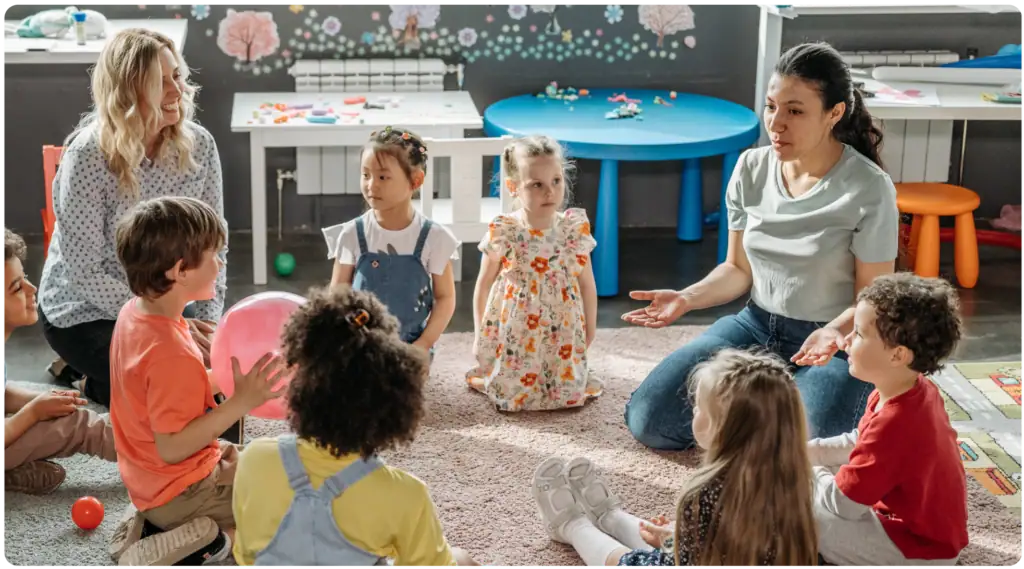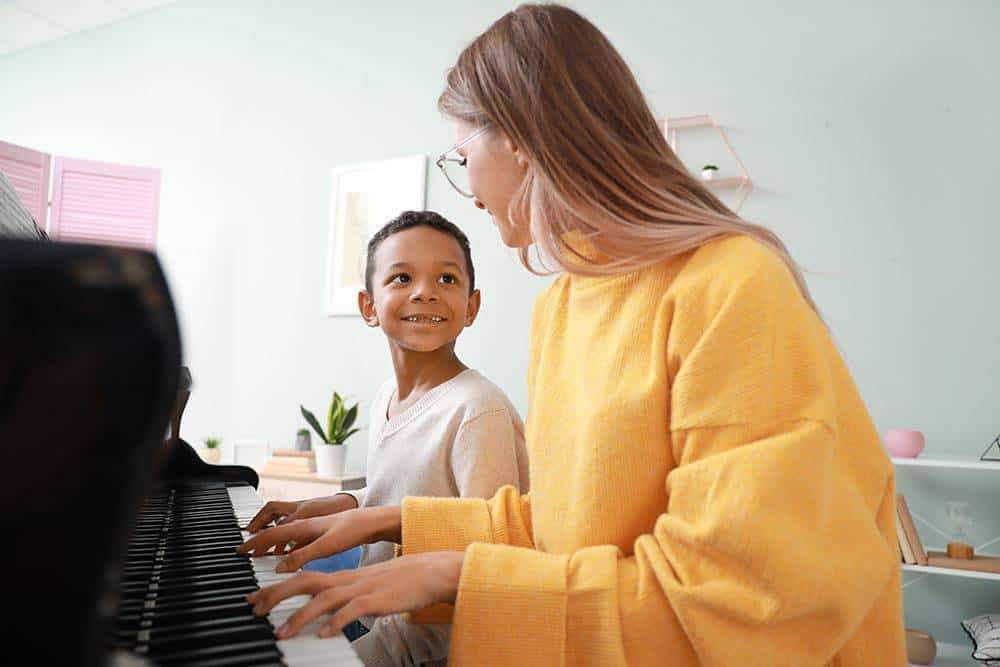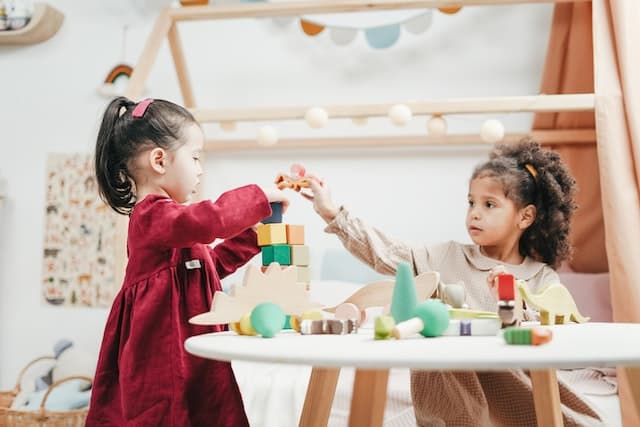The benefits of music onemotional, mental, and physical development for children are huge atevery age. And when your child has specific support needs in any of these areas, it’s a powerfultool to make the most of! So if you’re looking to encourage your little one’s skills anddevelopment in a relaxed and enjoyable way, here’s a look at the best music to add to yourplaylist:
Picking music to suit your child’s unique needs
Choosing the right music first involves considering your child’s unique needs and how youwould like to support them. We’ve rounded up some popular pieces to support development inspeech & language, motor skills, and emotions:
- Itsy Bitsy Spider
- Head, Shoulders, Knees, and Toes
- Old MacDonald
- Wheels on the us
- 5 Green and Speckled Frogs
(You and your child can watch our music teachers do an acoustic rendition of this children’s learning song on YouTube and see how we use real instruments and percussion!)
Music to develop motor skills
- Head, Shoulders, Knees, and Toes
- Wheels on the Bus
- Open Shut Them
- Shaker Song (a Minibop original)
- If You’re Happy and You Know It
Tracks for helping children relax
- The More We Get Together
- Here Comes the Sun
- Twinkle Twinkle Little Star
- Rock-A-By-Baby
Children's Music on Spotify
Spotify is an excellent resource if you’re looking for kids’ sensory tracks. You can try these ready-made playlists:
How to Plan
It’s not just about the songs-it’s about the environment. Here’s what to remember when planning sensory therapy sessions:
Make a Safe Space
Creating a safe space for your child is crucial to setting the scene and helping your child relax.Think again about your child’s needs. Would they prefer dim lighting? Do they need you or another adult to stay close by? Is the environment around them safe if they get overstimulated?If you’re attending a therapy session outside your home, chat with the provider or venue beforehand.
Get Hands-on
There are many fun ways to help your child further their engagement with the music during a sensory therapy session. For example, try having a selection of sensory toys and materials to explore, or provide children with a basket of instruments/percussion that they can try out to make their own sounds
Here are a few examples of how kid’s instruments can further help the therapeutic process:
Percussion is great for gross motor skills
Shaker percussion (such as ClassicalEgg Shakers, Maracas, Tambourine, and Sleigh Bells) get your little one wiggly and jiggly! While drums encourage making forceful actions.
Help to teach deep breathing
First instruments such asa recorder, whistle, or harmonica help encourage deep and intentional breathing at any age.
Easy melodic experimentation
A keyboard, small guitar, or ukulele can be a great way to encourage listening skills and concentration. Let them have fun experimenting with the sounds they make and the emotions they stir-whether stimulating or relaxing.
Full-body musical play
Don’t forget our bodies can be brilliant instruments! Have fun teaching your child how to use theirs, and know that it has many benefits to sensory integration and emotions. Think: clapping, stamping, clicking, whistling, and singing!
Music in the Background
- Have it on in the background while eating.
- Experiment with different genres while making different types of art
- Choose something classical while doing kids’ yoga or baby/toddler massage
- Play music while looking at sensory toys or playing with dough
- Listen to the radio while playing
- Use calming music as part of a bedtime wind-down routine
Follow Their Lead
The most important thing to remember is to stay attuned to your child’s needs and emotions when using music in a therapeutic session. While music can be a beneficial tool, for some children, the emotive and sensory-intense nature can be too much.
Children with SPD (sensory processing disorder) may find exposure to music particularly challenging. Go gently. Tolerance to sound can be built over time but never force exposure to music or sound if they are uncomfortable.If your child is not enjoying exposure to music, take a break or see how you can make them more comfortable (e.g., turning the volume down or offering ear defenders). The focus should always be on creating positive associations with music, first and foremost.
Have you tried a MiniBop session yet? Don’t forget you can try a free children’s music class to see if we’re a good fit for you and your child. Plus, take a look at our list of favorite children’s songs.






